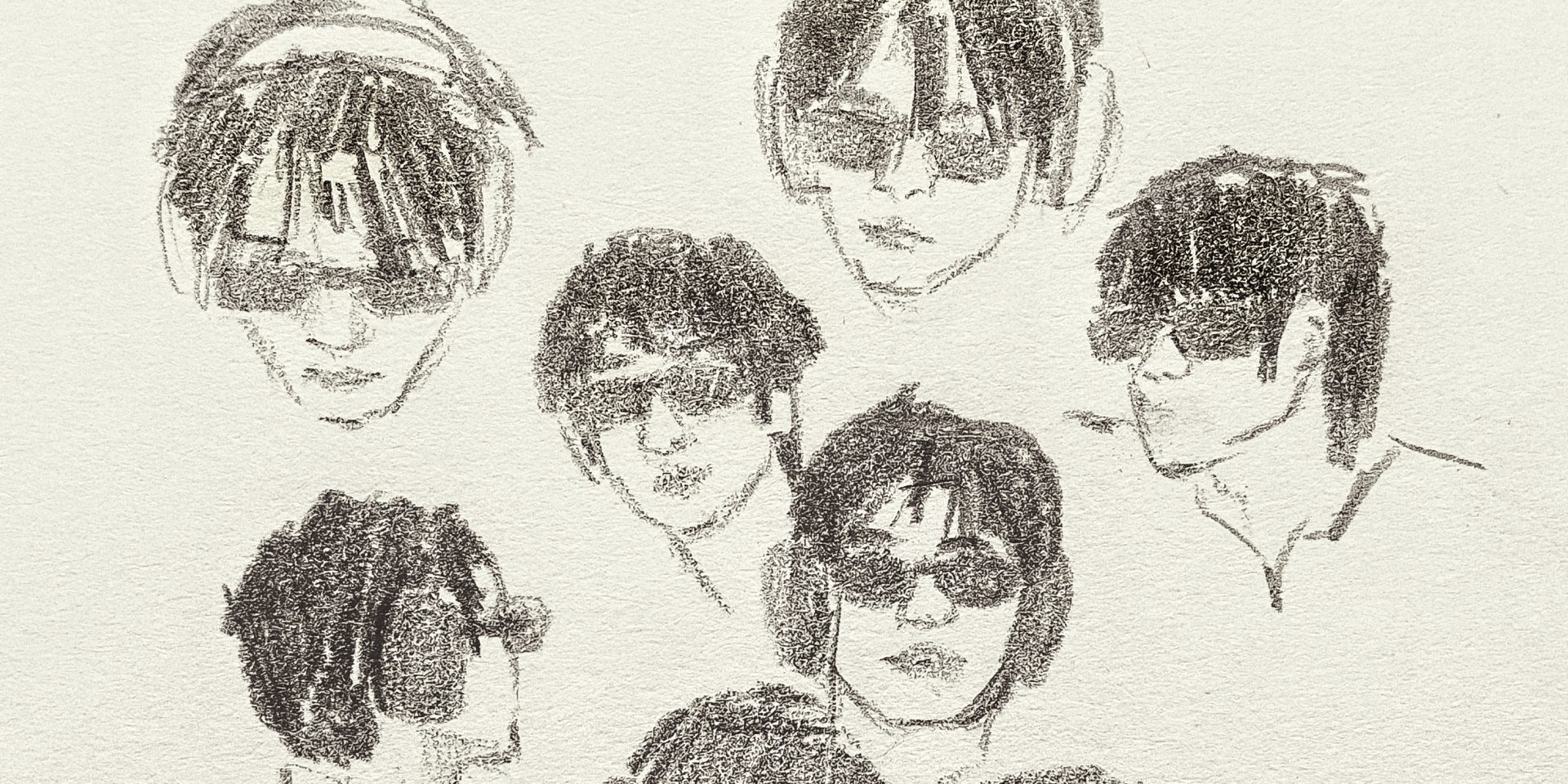In a time where digital art tools are widely accessible and widely used, traditional illustration remains a highly respected and valuable form of artistic expression. Far from being outdated, hand-drawn artwork continues to attract attention across creative industries and audiences alike.
What is traditional illustration?
Traditional illustration is created using physical materials such as pencil, ink, watercolor, colored pencils, charcoal, or markers on paper or other surfaces. Unlike digital artwork, every line, texture, and color is applied manually, making each piece a unique, physical object.
Key benefits of traditional art
- Tactile quality: The texture of paper, brushstrokes, and hand-applied shading give depth and character.
- Originality: Each piece is inherently one of a kind—there are no “undo” buttons or copy-paste options.
- Emotional connection: The physical process of creating art by hand can lead to more expressive outcomes.
- Collectible value: Traditional artworks can be sold as originals, making them ideal for collectors and galleries.
Why it remains relevant today
Traditional illustration offers something that digital methods can’t fully replicate: authenticity. Whether it’s a loose sketch, a detailed ink drawing, or a watercolor composition, there is a human element in handmade artwork that resonates with viewers.
Many art lovers and creative professionals are drawn to the imperfections, textures, and visible process behind hand-drawn works. This has led to a growing appreciation for traditional techniques in editorial design, branding, publishing, and personal projects.
Common uses
Traditional illustration continues to thrive in various fields:
- Book covers and illustrations
- Magazine editorials
- Stationery and gift products
- Fine art prints
- Decorative wall art
- Concept art and sketchbooks
It is also commonly scanned and used digitally while maintaining its original analog charm.
Conclusion
Traditional illustration is not only surviving—it’s thriving. In a fast-paced, digital world, handmade artwork offers a refreshing return to process, imperfection, and individuality. Whether you’re a collector, an artist, or someone exploring visual inspiration, traditional illustration continues to prove its relevance and power.

